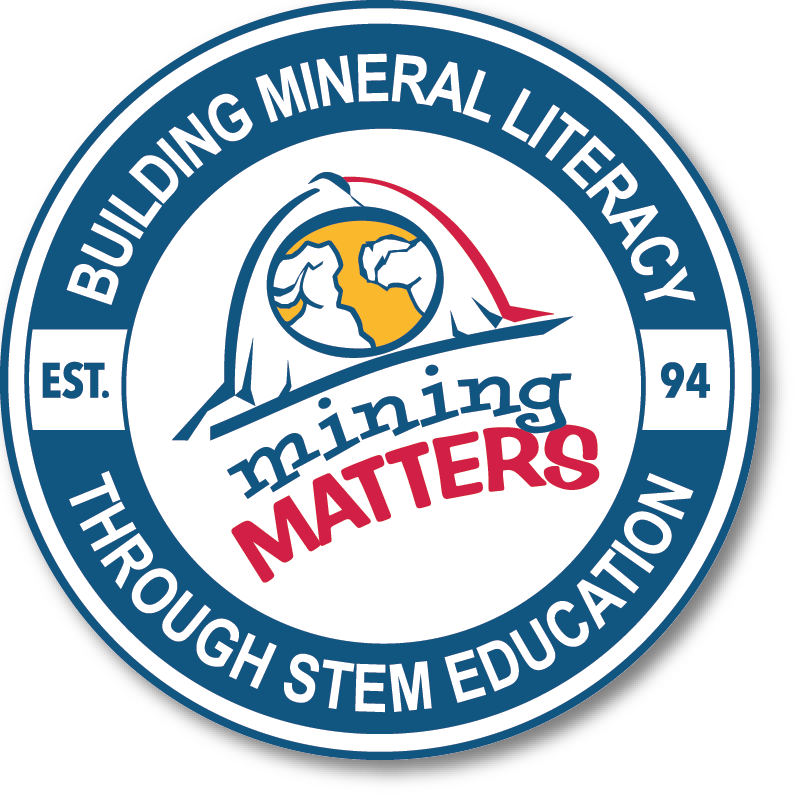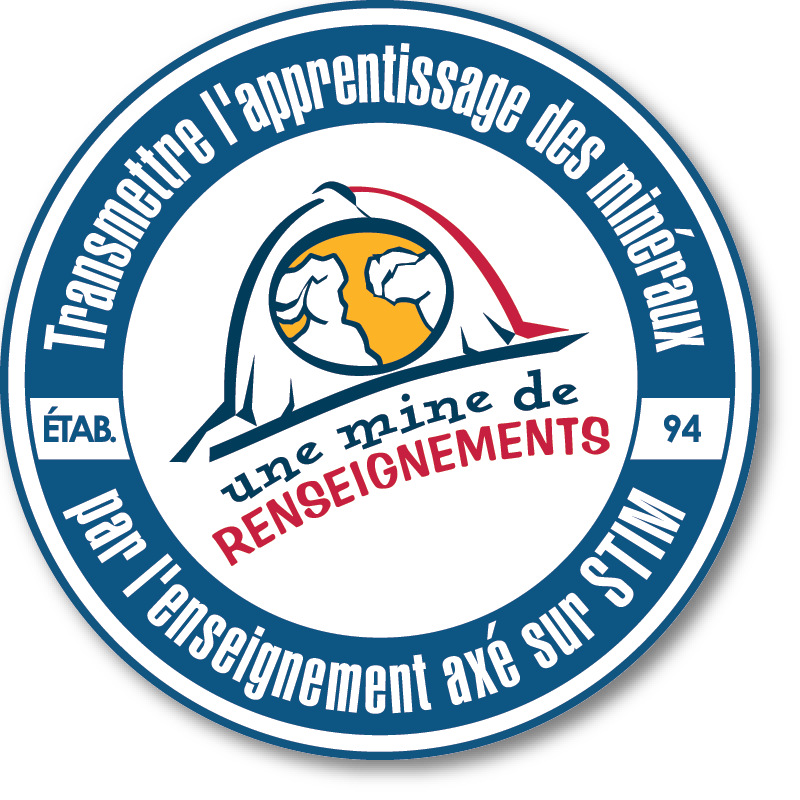Giving mining a high-tech dimension of reality!
Virtual reality (VR) is not just a hot technology used in video games – it is a hightech tool that allows mine engineers, geologists, health and safety workers, managers and investors to take a seat in a VR lab, slip on a pair of stereoscopic lenses and watch their mine site come to life in three dimensions.
The world’s first mineral exploration and mining related VR lab is located in Sudbury at Laurentian University and was developed by MIRARCO – the Mining Innovation, Rehabilitation, and Applied Research Corporation. MIRARCO works with industry and researchers to provide innovative solutions to both modern and age-old problems. When a company comes to MIRARCO with a problem that requires new technology, the organization assembles a team of people with different areas of expertise to put their heads together and come up with a solution that is not only new and efficient, but also cost effective.
At the core of a VR system is a database that has specifications to create almost anything in the world. Using this data, in combination with sophisticated computer generated graphics, a “world” can be created to the exact specifications described by the data. Images appear in 3D and are projected onto screens in the theatre-style VR lab. Your senses tell you that what you see is right in front of you, but your brain fights back by telling you that what you are seeing is not really there. Your brain loses the fight, allowing you to become enveloped in a world outside your own. In the context of the mining industry, MIRARCO’s VR lab is supported by the world’s most sophisticated earth modeling software package allowing participants to venture underground.
The power of VR lies in the ability for people visualize information, tackle problems and make decisions based on what is seen, without going through elaborate mathematics or expensive trial and error processes. Engineering teams use it to show management teams where more or less structural support is needed in horizontal mine tunnels in order to maximize efficiency and reduce costs. Mining companies use this technology to explain mining operations and potential profit to groups of investors. Researchers use it to predict where contaminated water could escape from a tailings pond so that mining companies can prevent environmental hazards. The applications of VR to the mining industry are almost limitless.
A computer science summer student working at MIRARCO is currently using VR technology to create a video game to teach new miners how to operate equipment safely before they go underground. Trainees grab hold of the controls that would be found on the real equipment, virtually navigate through multiple training levels and learn about proper safety procedures. The benefits of this high-tech innovation are unmistakable. Virtual crashes are so much safer and there are no expensive equipment repairs to endure!
PDAC Mining Matters News September 2004 – Issue 4




